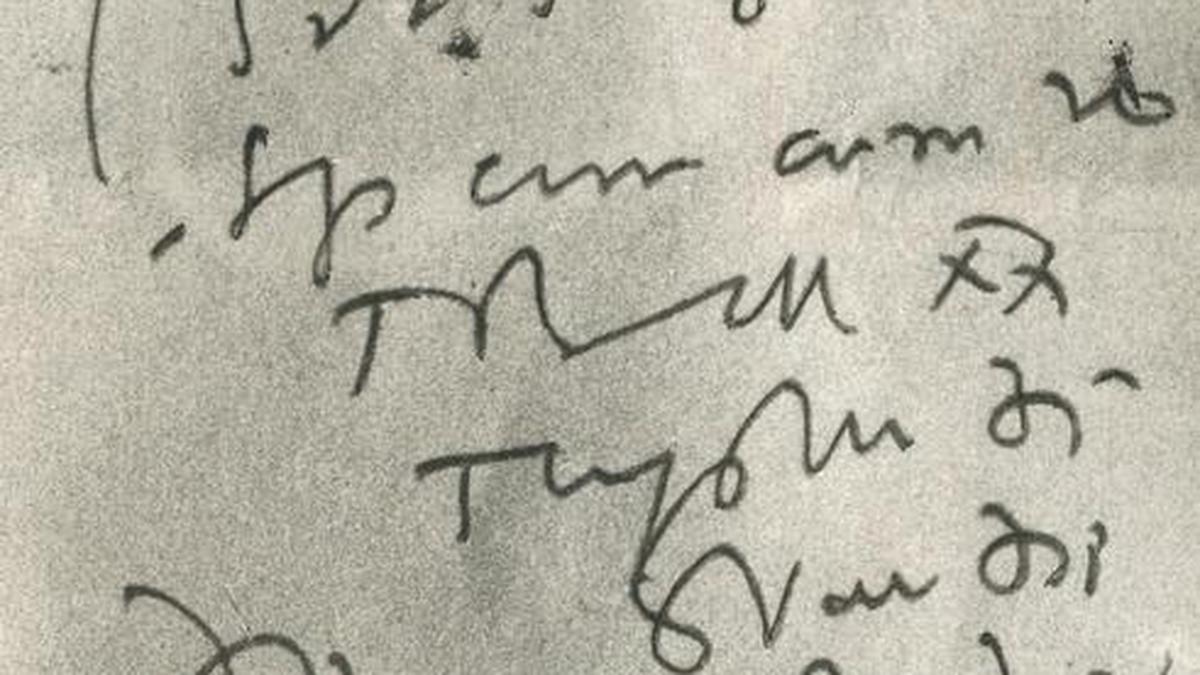
Odisha govt asks doctors to write in legible handwriting or typed form
The Hindu
Odisha government directs doctors to write legible prescriptions, following a directive from the Orissa High Court.
The Odisha government has directed all doctors to write prescription in proper legible handwriting or in typed form following a direction of Orissa High Court.
The Health and Family Welfare Department has issued a notification instructing that all registered medical practitioners and medical officers of government peripheral health care facilities, medical college hospitals, private clinics and private medical colleges are to write prescription in proper legible handwriting or in typed form as per National Medical Commission guideline.
Also Read | Ensure doctors write prescriptions in capital letters, Orissa High Court directs State government
“The medico legal reports and post-mortem reports are to be written either in capital letter or in a typed form or in good legible handwriting to ensure appreciation of evidence in the judicial system and to be uploaded in Medico Legal Opinion System, Odisha,” Odisha Chief Secretary issued a direction. The instruction will come into force with immediate effect.
The Orissa HC in a recent judgment said, “in many cases, the casual approach of most of the doctors while writing the post-mortem report is affecting the comprehension medico-legal documents badly and the judicial system finds it very difficult to read those letters and come to a definite conclusion.”
Also Read | Prescription problems
The HC had directed Chief Secretary to issue direction to all the doctors of the State to write the post-mortem report and prescription in capital letter or in legible handwriting.

The Karnataka government has drafted a comprehensive master plan for the integrated development of Kukke Subrahmanya temple, the State’s highest revenue-generating temple managed by the Hindu Religious Institutions and Charitable Endowments Department. The redevelopment initiative is estimated to cost around ₹254 crore and aims to enhance infrastructure and facilities for devotees.












